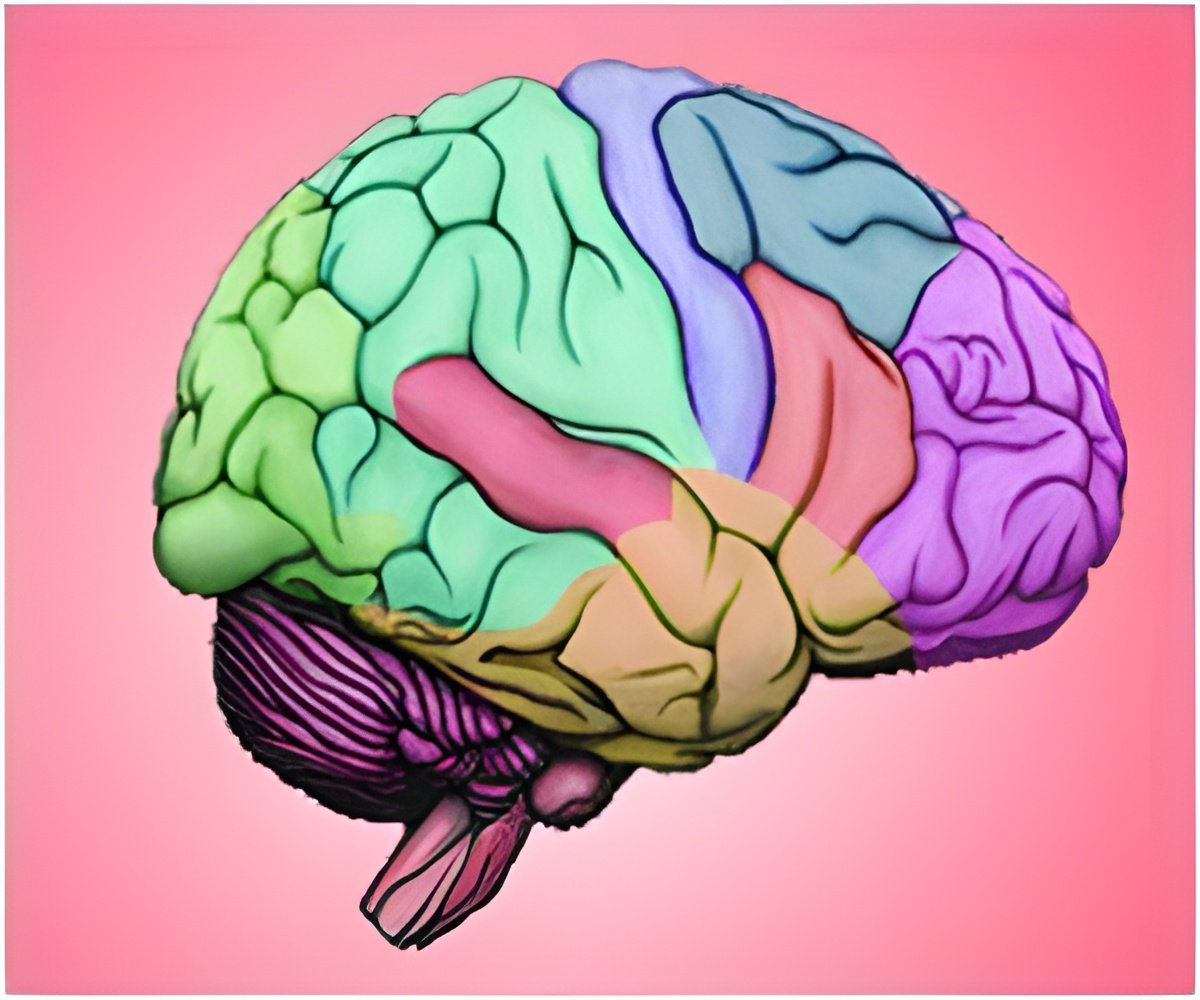
‘New therapeutic strategies to more precisely target neural pathways involved in neurological and psychiatric diseases and disorders developed.’
Tweet it Now
"By using sound waves and known genetic techniques, we can, for the first time, noninvasively control specific brain regions and cell types as well as the timing of when neurons are switched on or off," says Shapiro, who is also a Schlinger Scholar and a Heritage Medical Research Institute Investigator. The work has implications for basic research in animals and for the future treatment of neurological and psychiatric conditions. While the idea of fine-tuning neural circuits is not new--for instance, in a growing field called optogenetics, light is used to control brain regions via implanted optical fibers--the novel aspect of Shapiro's method is sound waves. Shapiro's lab has previously used sound waves to image and control the function of engineered cells inside the body.
In the new study, the sound waves are used in combination with small bubbles injected into the blood to temporarily open the blood-brain barrier--a protective layer that prevents substances in the blood, particularly those that could be harmful, from getting into the brain.
"When the bubbles are hit with ultrasound waves, they vibrate, and this motion jostles the blood-brain barrier open for a brief period of time," says Jerzy Szablowski, lead author of the new study and a postdoctoral scholar in Shapiro's lab.
The temporary opening of the blood-brain barrier is the first step in the new three-pronged strategy for controlling neural circuits. With the blood-brain barrier open in the region targeted by ultrasound, the team can then use gene therapy. A virus is delivered into the blood, it passes the blood-brain barrier, and then delivers genetic instructions to the desired cells. These genetic instructions code for proteins, called chemogenetic receptors, which have been designed to respond to a certain lab-made drug.
Advertisement
In the new study, the researchers demonstrated the technique by targeting memory-forming neurons in mice, located in a part of the brain called the hippocampus. When the mice were given the chemogenetic drug, these neurons were turned off, and, as a result, the mice were temporarily unable to form new memories.
Advertisement
"This is an impressive, innovative approach that will be useful for many neuroscientists," says pharmacology professor Bryan Roth of the University of North Carolina at Chapel Hill, the inventor of some of the first chemogenetic proteins, who was not involved in the study.
"Our method is a combination of technologies, each of which have been used in animals and are being advanced into the clinic," says Shapiro. "Because of this, we are further along in our development process than we would be if we started from scratch."
The researchers say they hope to continue testing in animals with models of diseases such as epilepsy. Many patients with epilepsy currently undergo surgery to cut out the regions of their brain where seizures are thought to be triggered. With the ATAC method, specific brain areas could, in theory, be switched off temporarily without surgery.
"This method is reversible," says Szablowski. "You can administer a drug to turn off neural cells of interest, but, with time, those cells will turn back on. You can also perform drug dosing to determine how completely you are shutting off that region of the brain."
Source-Eurekalert













